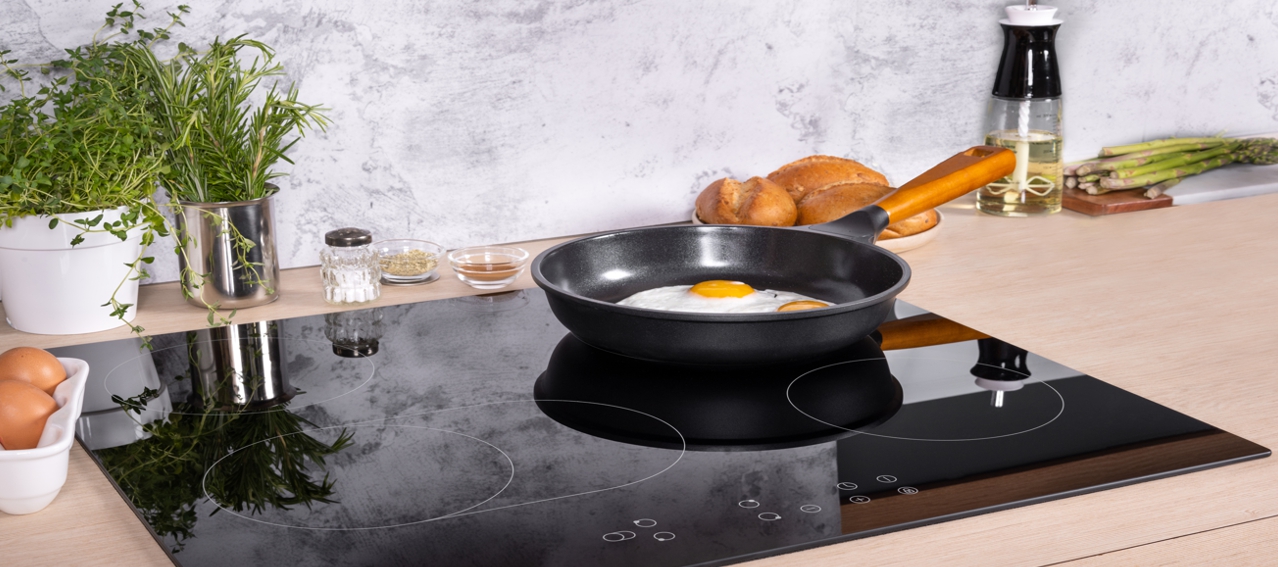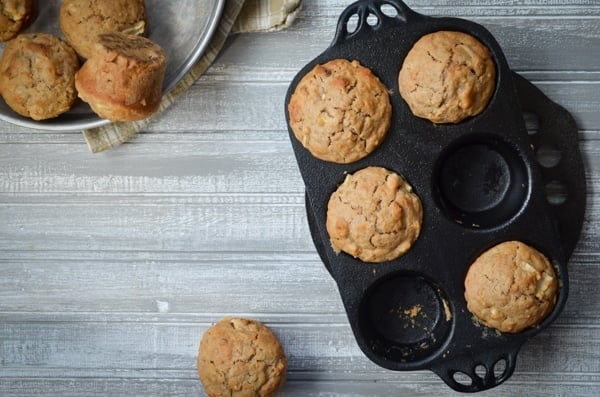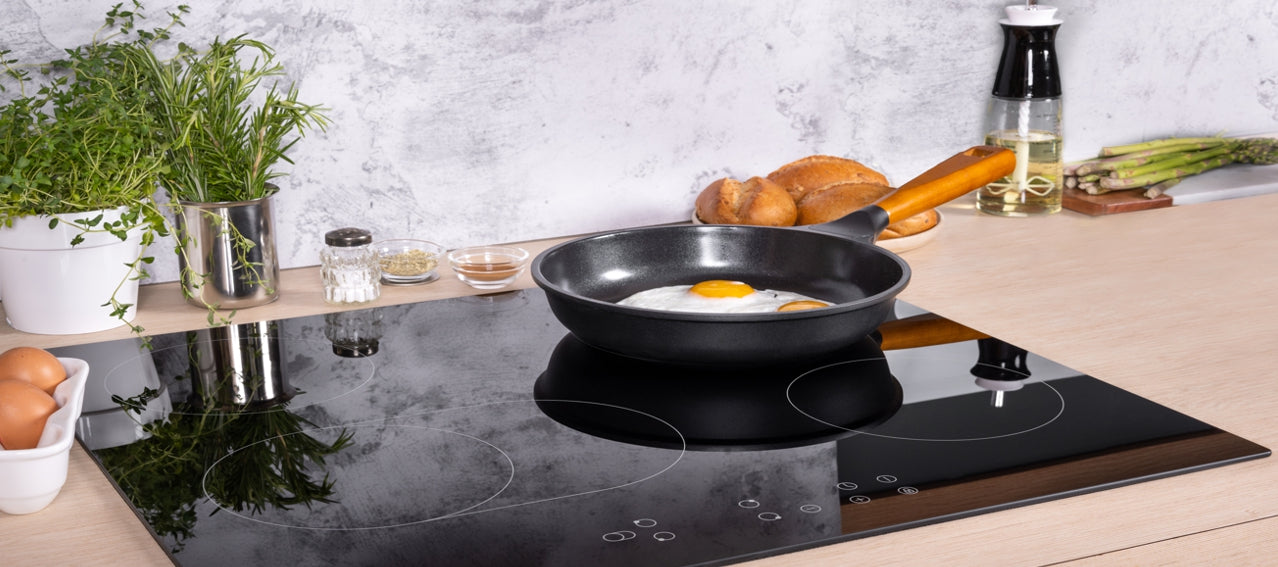For kitchen professionals, understanding the nuances of using oil with cast iron on induction cooktops is essential. The combination of cast iron cookware and induction technology can revolutionize cooking experiences, but mastering it requires a keen understanding of the right oils, techniques, and maintenance practices.

Why Choose Cast Iron for Induction Cooking?
Cast iron is revered in professional kitchens for its durability, excellent heat retention, and ability to impart flavors. When paired with induction cooktops, which offer rapid and precise temperature control, cast iron becomes even more versatile. However, to optimize performance and prolong the life of your cookware, it's crucial to know how to use oil effectively.
The Science of Induction Cooking
Induction cooktops work by creating a magnetic field that directly heats the cookware, rather than the cooktop surface. This method is not only efficient but also safer, as the cooktop remains cool to the touch. For a deep dive into induction cooking, you can explore more about its mechanics and benefits.
Choosing the Right Oil for Cast Iron
When it comes to using oil with cast iron on induction, not all oils are created equal. The key is to select oils with a high smoke point to withstand the high temperatures achieved on induction cooktops. Some of the best oils include:
- Canola Oil
- Grapeseed Oil
- Avocado Oil
- Peanut Oil
These oils not only resist smoking but also help in developing a non-stick surface when seasoning your cast iron cookware.
Seasoning Your Cast Iron
Seasoning is the process of applying a thin layer of oil and heating it to create a protective layer on the cast iron. This process enhances the natural non-stick properties and protects against rust. For a step-by-step guide, consider checking out this cast iron seasoning tutorial.
Maintaining Cast Iron on Induction Cooktops
Maintenance is crucial for ensuring the longevity of your cast iron cookware. After each use, clean your pan with warm water and a brush, avoiding soap as much as possible. Dry it thoroughly and apply a thin coat of oil before storing.
Handling Heat and Induction
Induction cooktops heat cast iron rapidly, which is great for searing but can lead to uneven cooking if not managed correctly. To avoid this, preheat your pan gradually and use the correct burner size. For more tips on matching pan size with induction rings, visit this guide on pan size.
Common Challenges and Solutions
While cast iron is a fantastic choice for induction cooking, professionals may encounter challenges such as heat retention issues or pan weight. To tackle these, ensure your cookware is compatible with your induction cooktop and consider the weight balance. Learn more about heat retention issues with cast iron on induction.
Additionally, if you're unsure about compatibility, this compatibility guide can provide clarity.
FAQ
1. Why is my cast iron not heating evenly on induction?
Cast iron may not heat evenly on induction if the pan is not centered properly or if the induction ring is not the correct size for the pan. Gradual preheating can also help distribute the heat more evenly.
2. Can I use olive oil for seasoning my cast iron?
While olive oil can be used for cooking, it is not ideal for seasoning due to its low smoke point. Opt for oils like canola or grapeseed instead.
3. How do I clean my cast iron after using it on induction?
Clean your cast iron with warm water and a brush immediately after use. Avoid soap to maintain the seasoning and dry thoroughly to prevent rust.

Conclusion
Mastering the art of using oil with cast iron on induction is a valuable skill for kitchen professionals. By choosing the right oils, seasoning properly, and maintaining your cookware, you can enhance your cooking experience and extend the life of your cast iron. For additional insights and tips, explore the wealth of resources available, including this cooling guide for cast iron after induction use.






Leave a comment
This site is protected by hCaptcha and the hCaptcha Privacy Policy and Terms of Service apply.